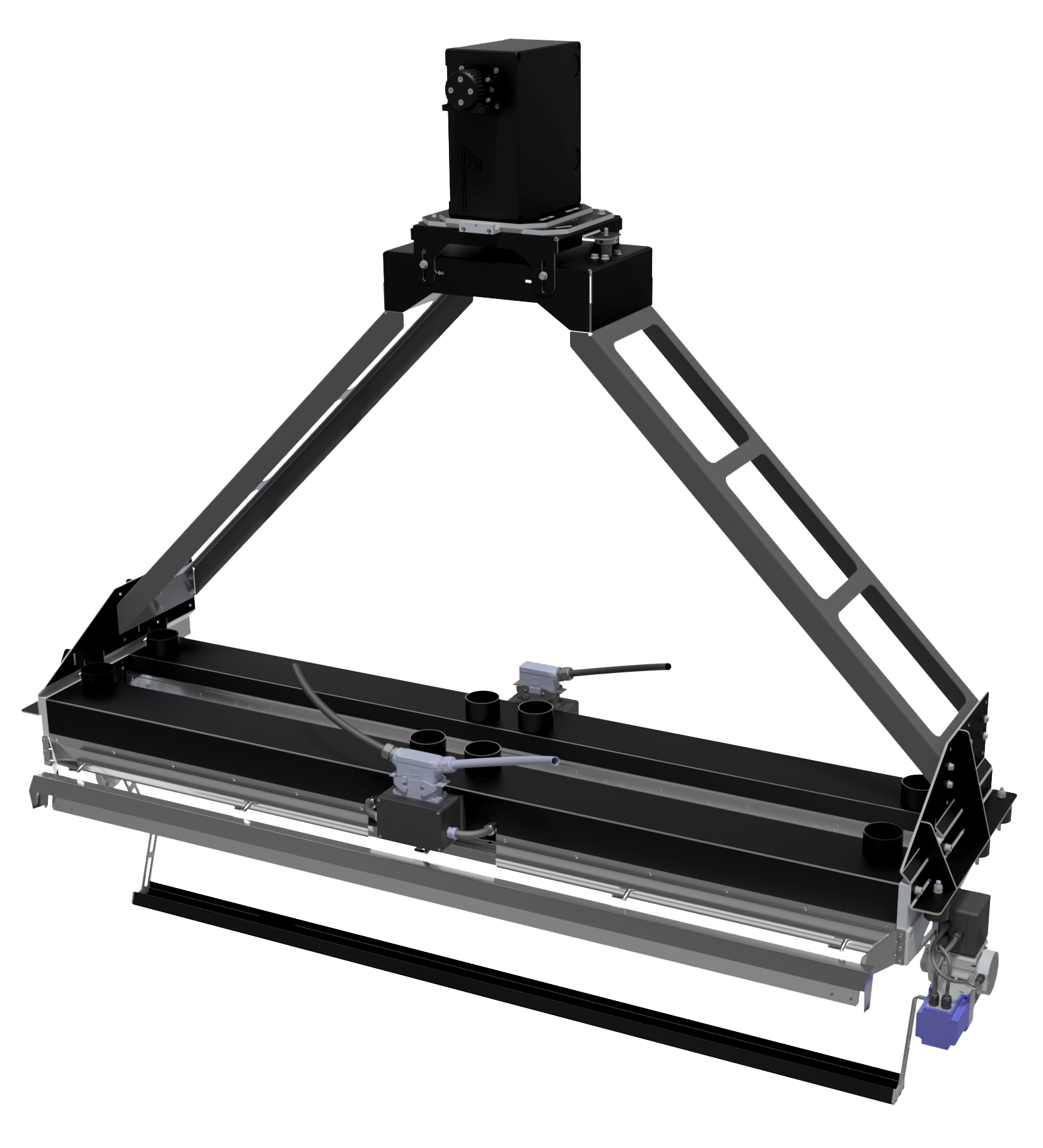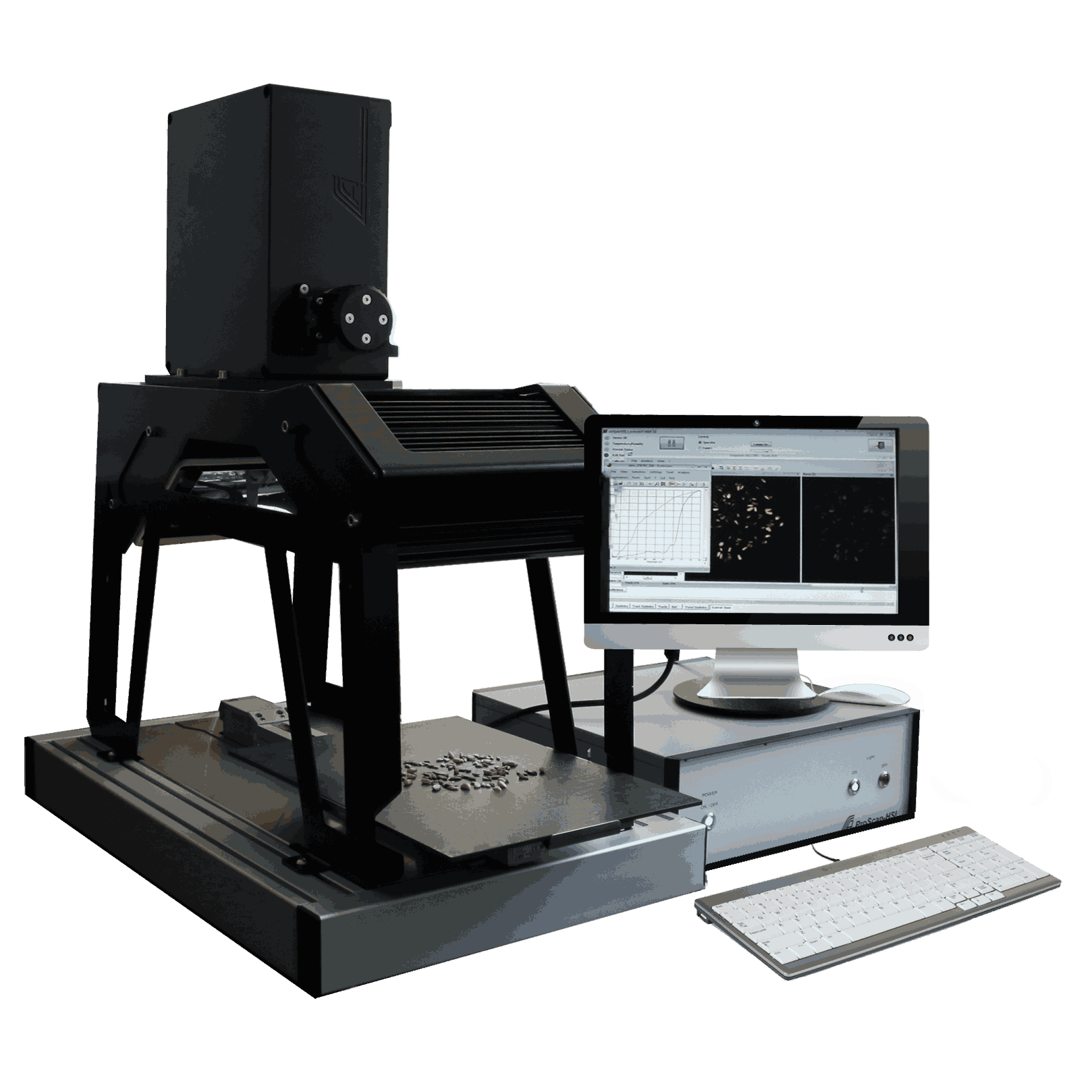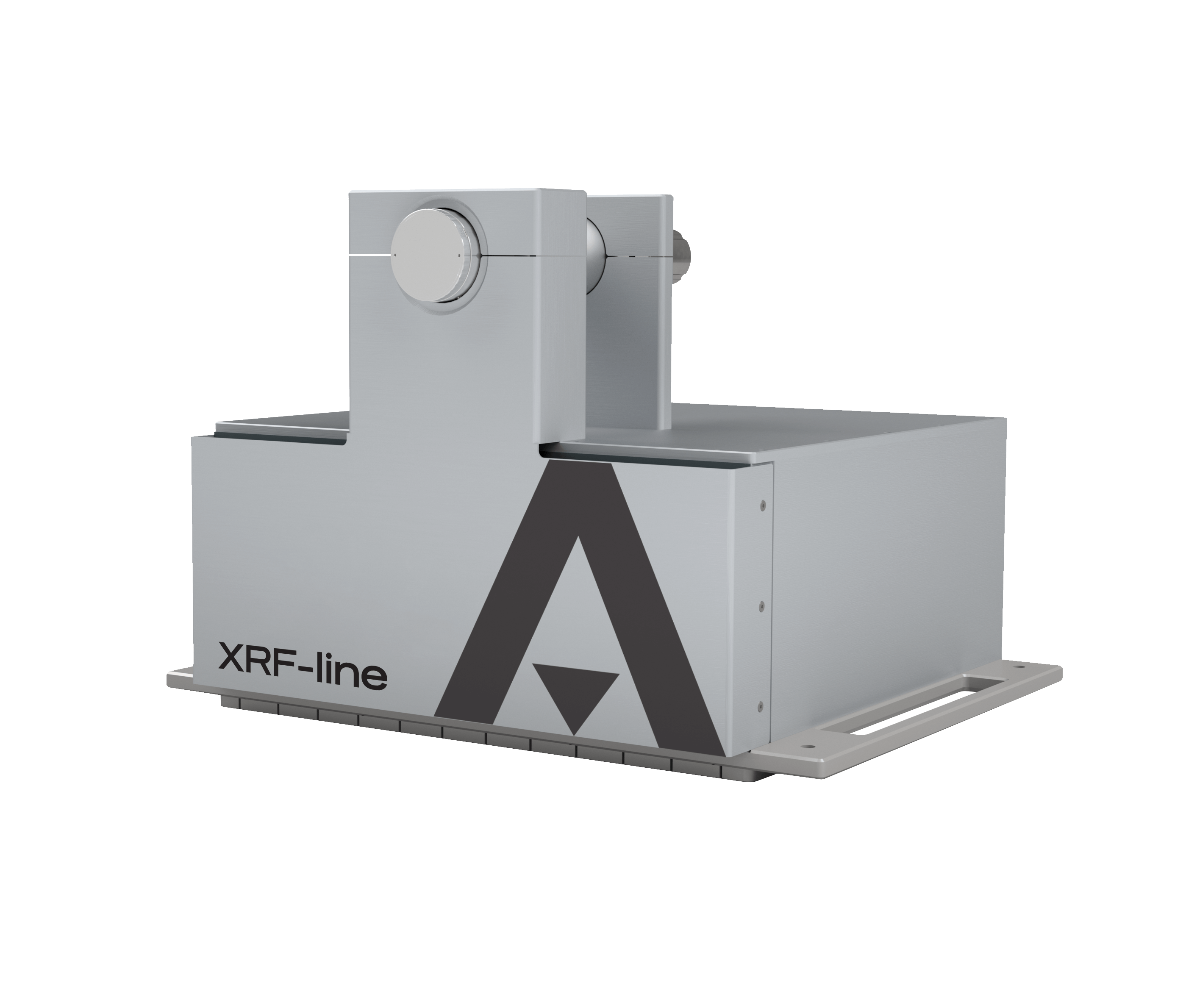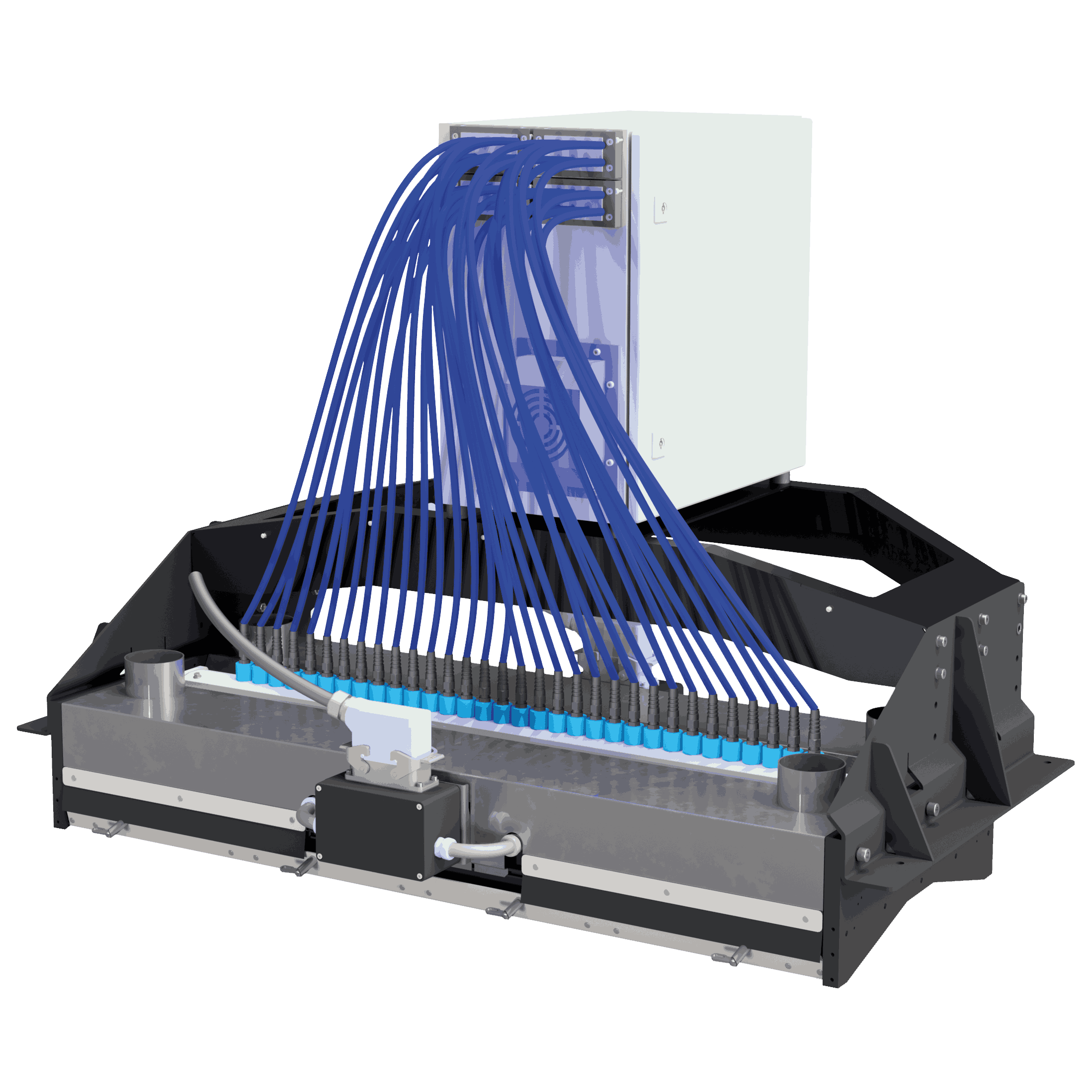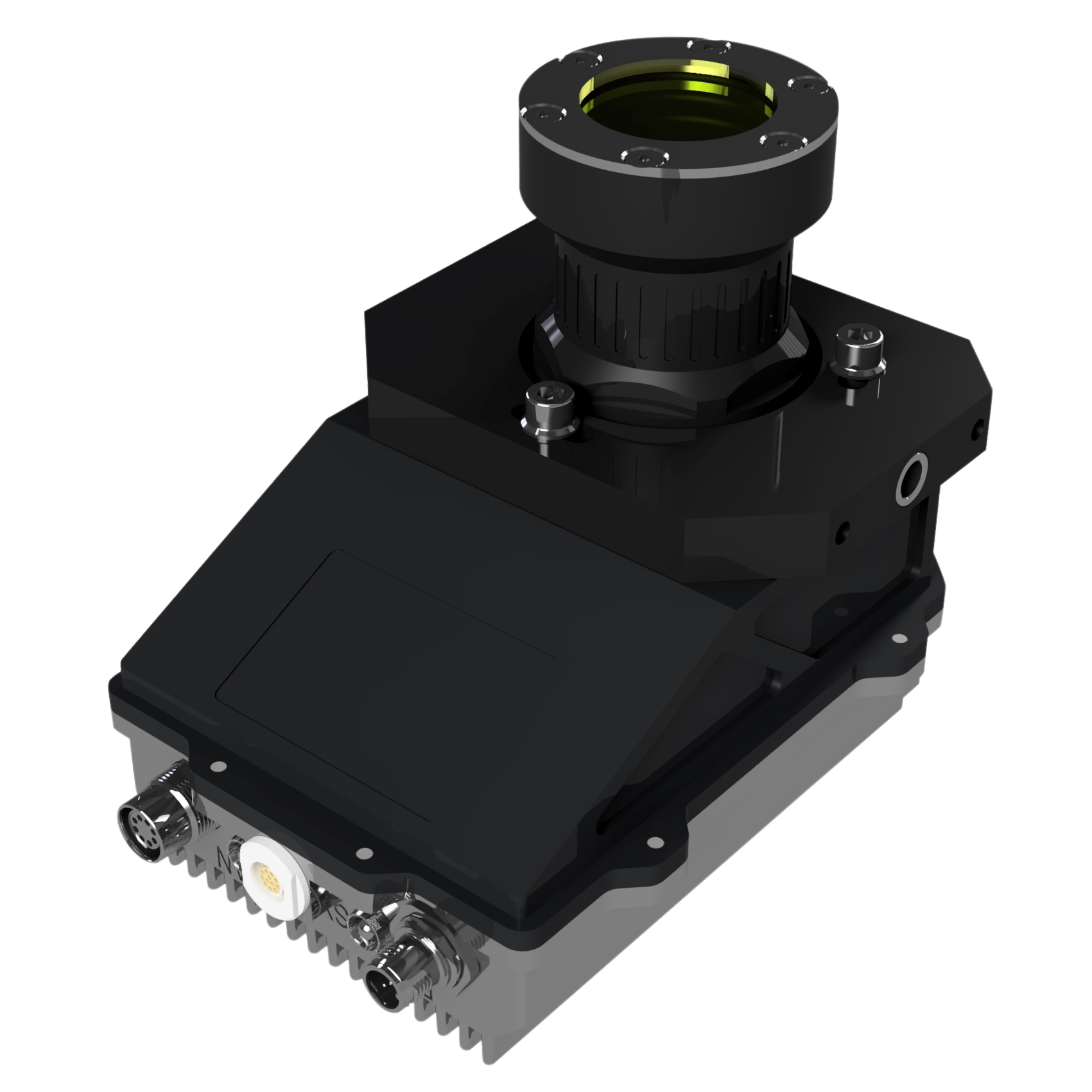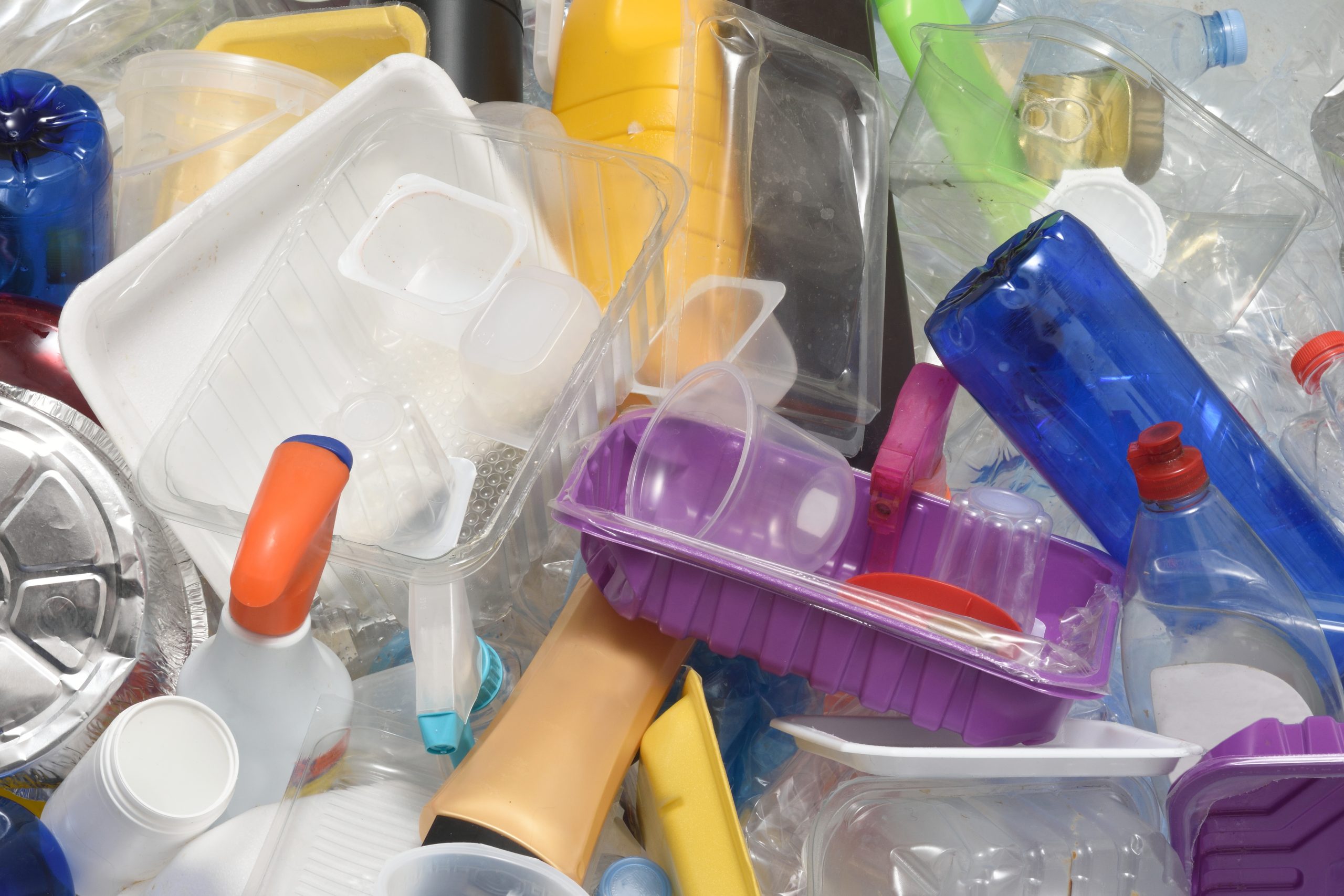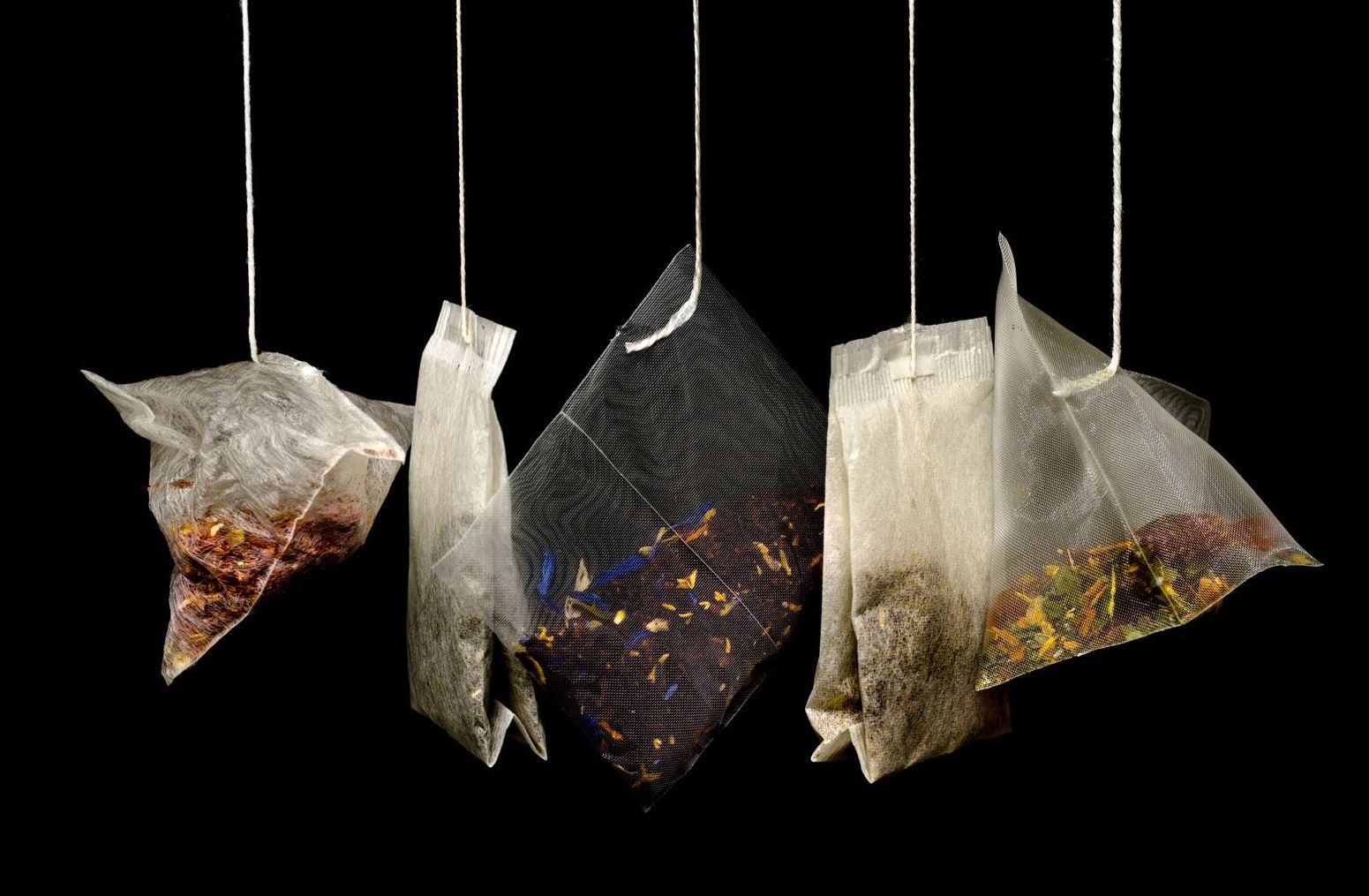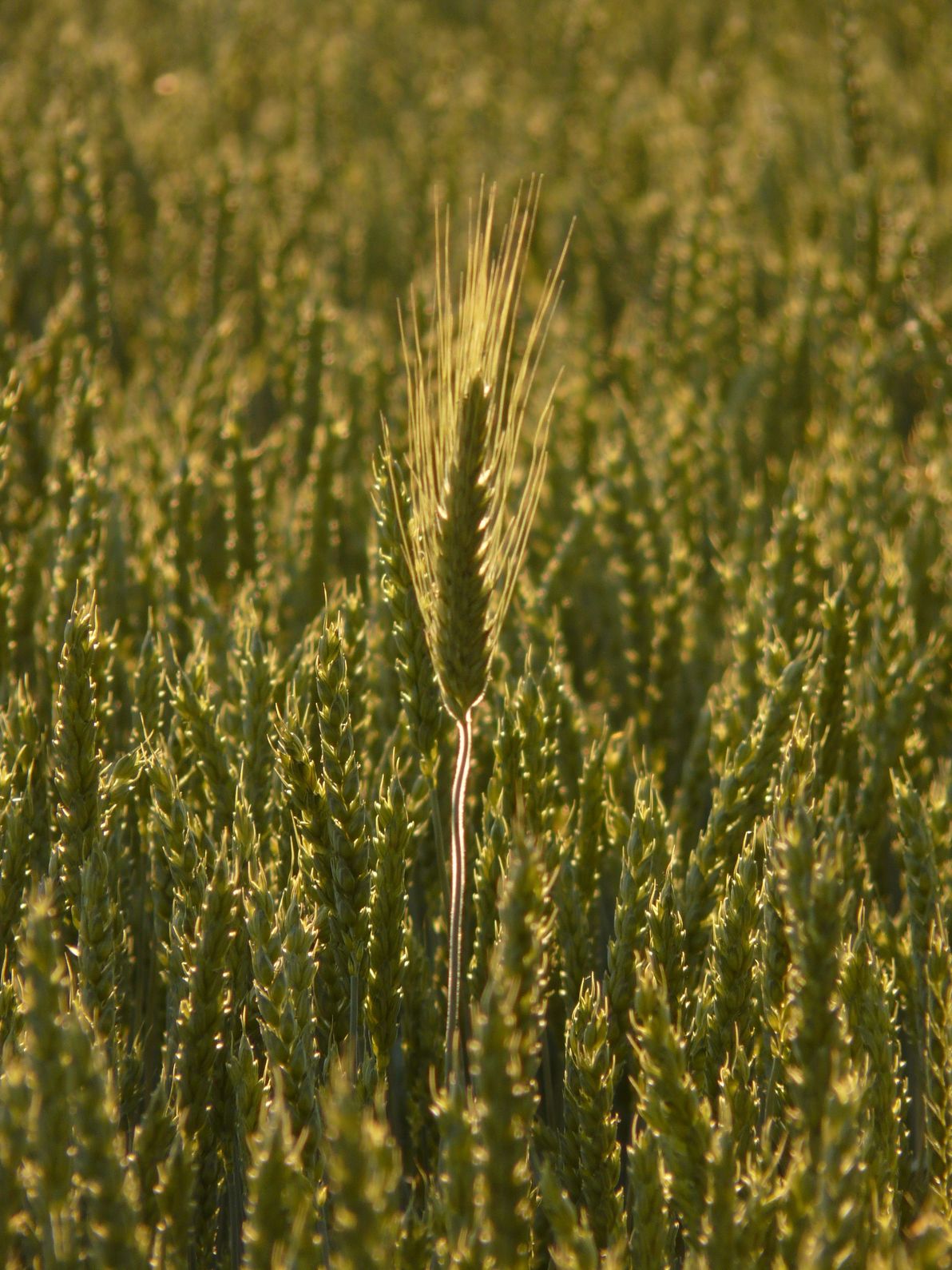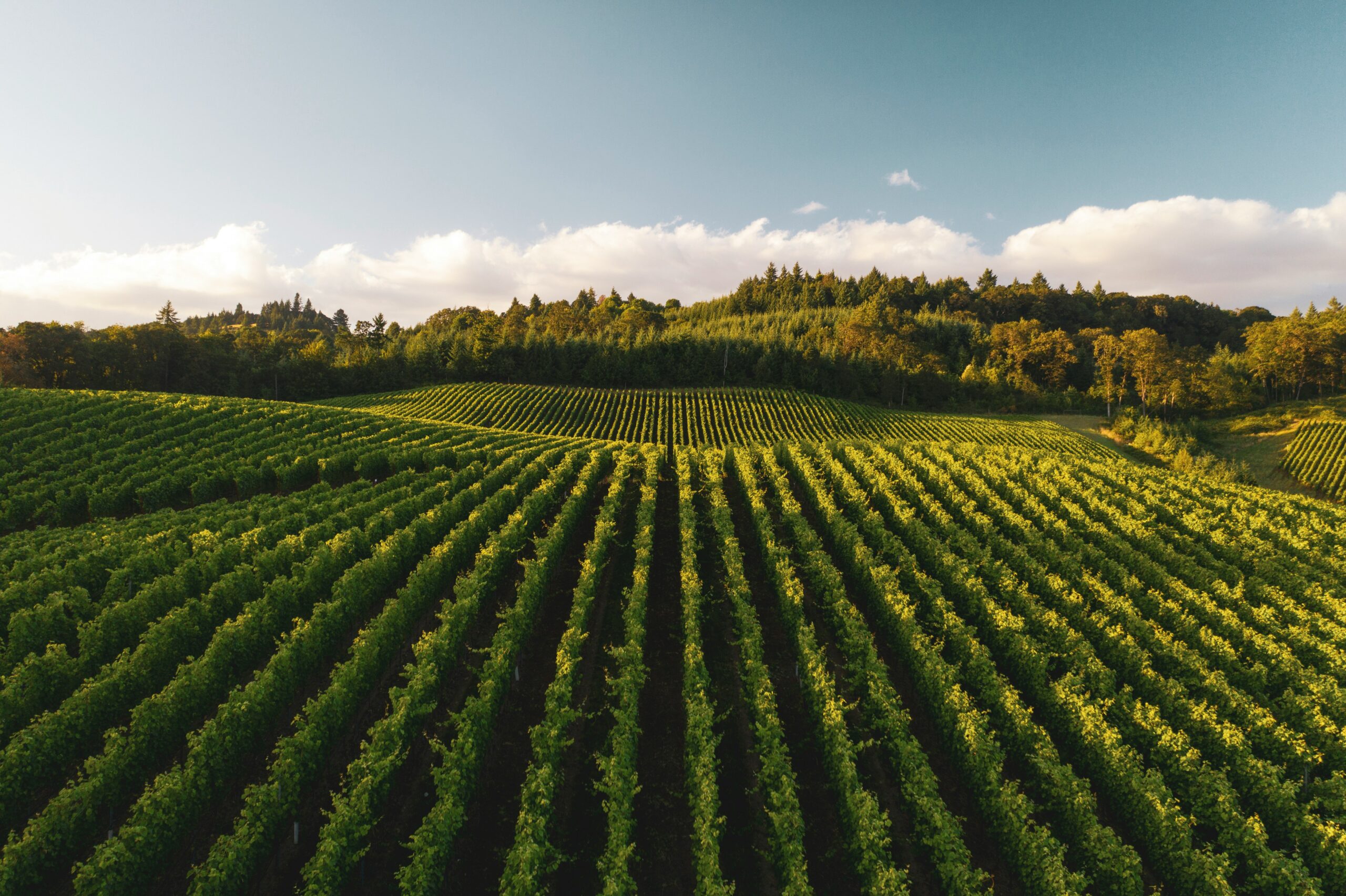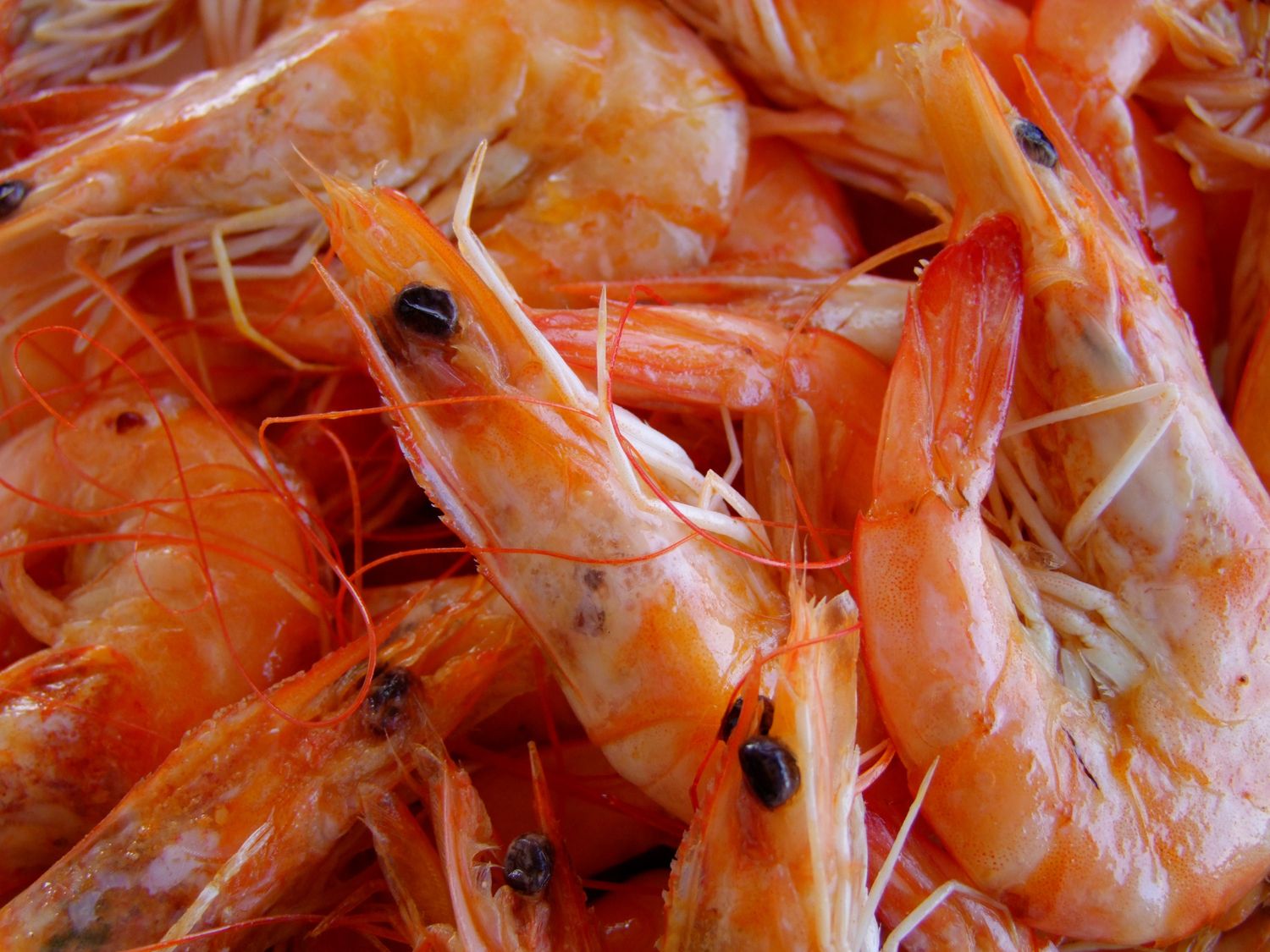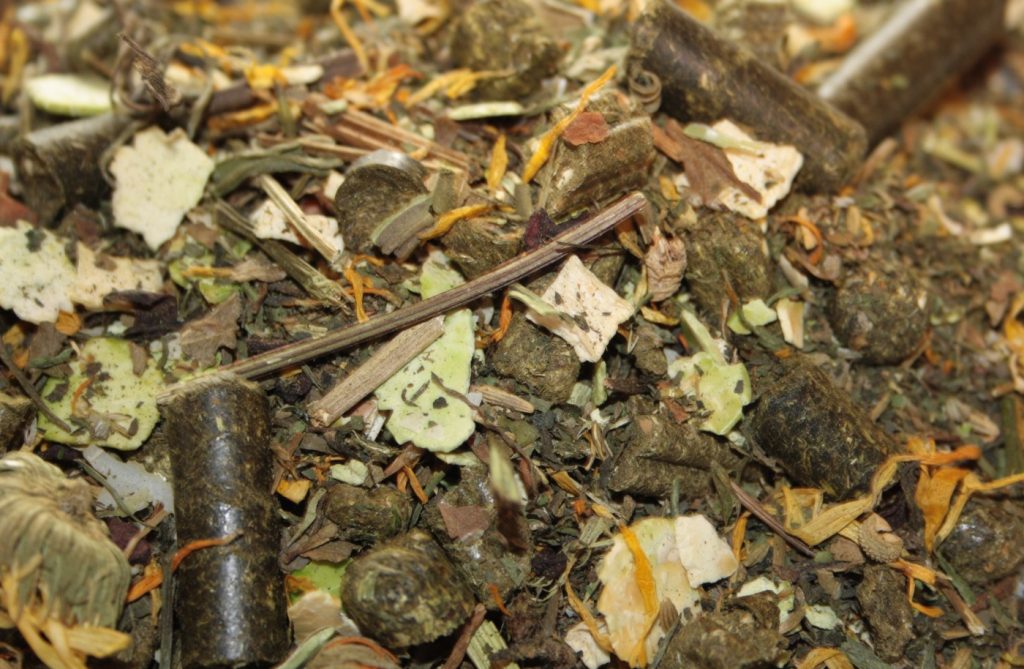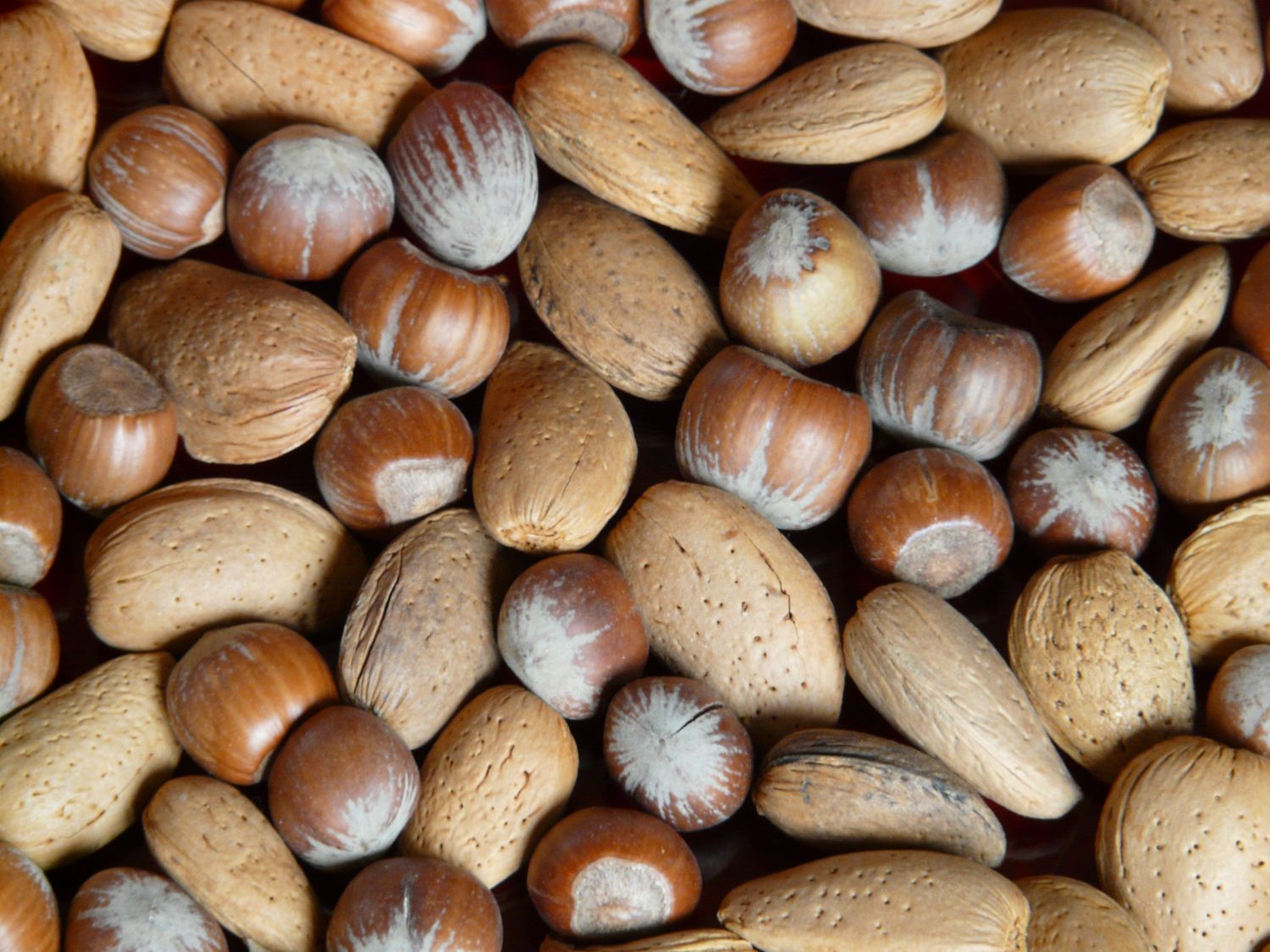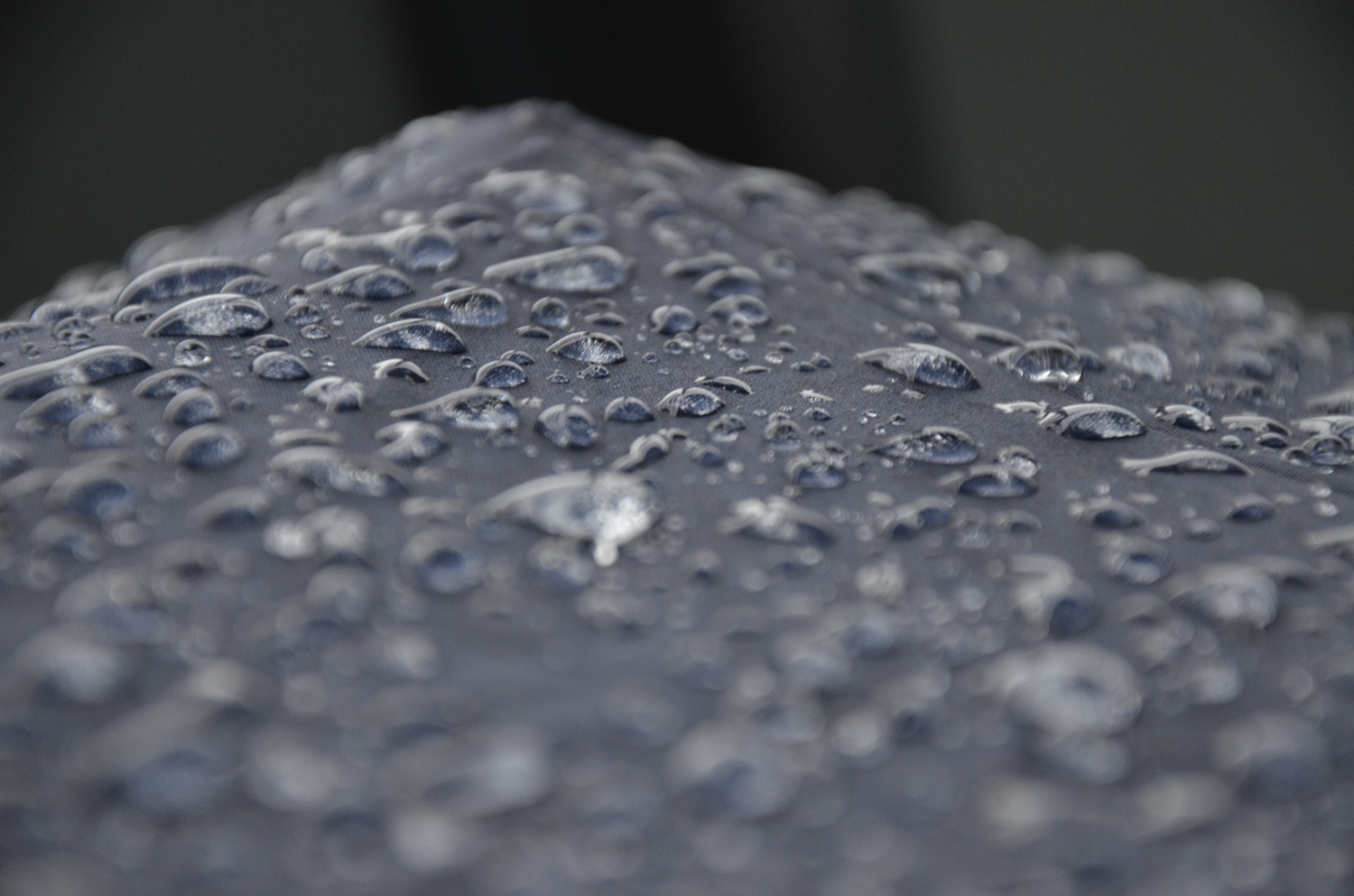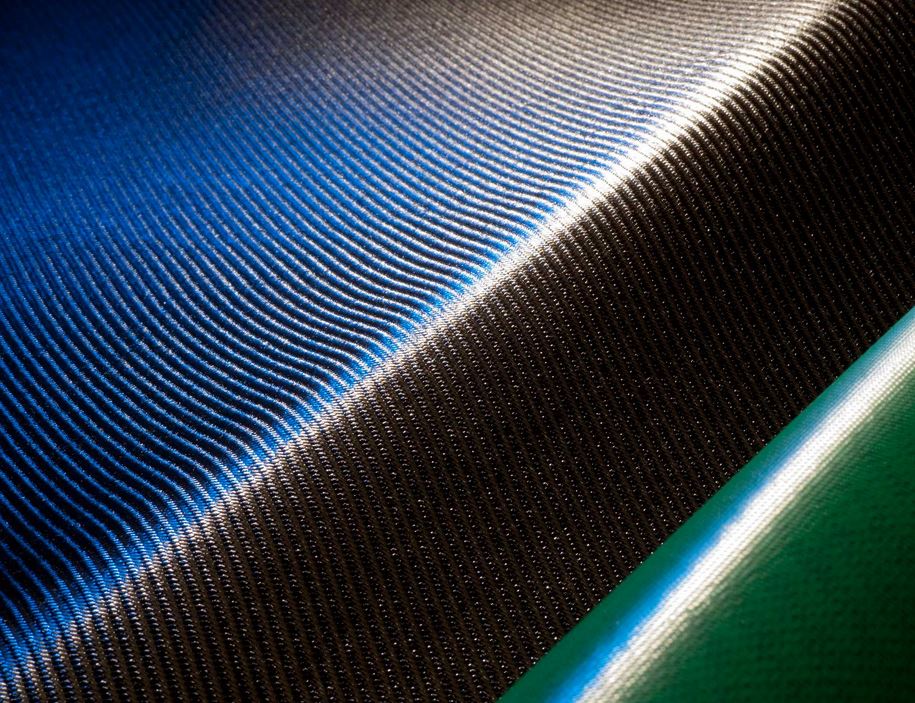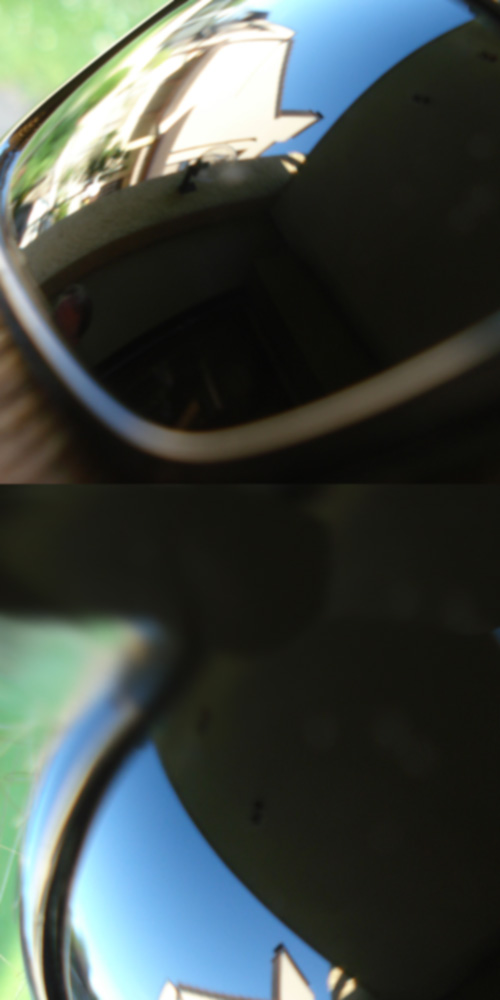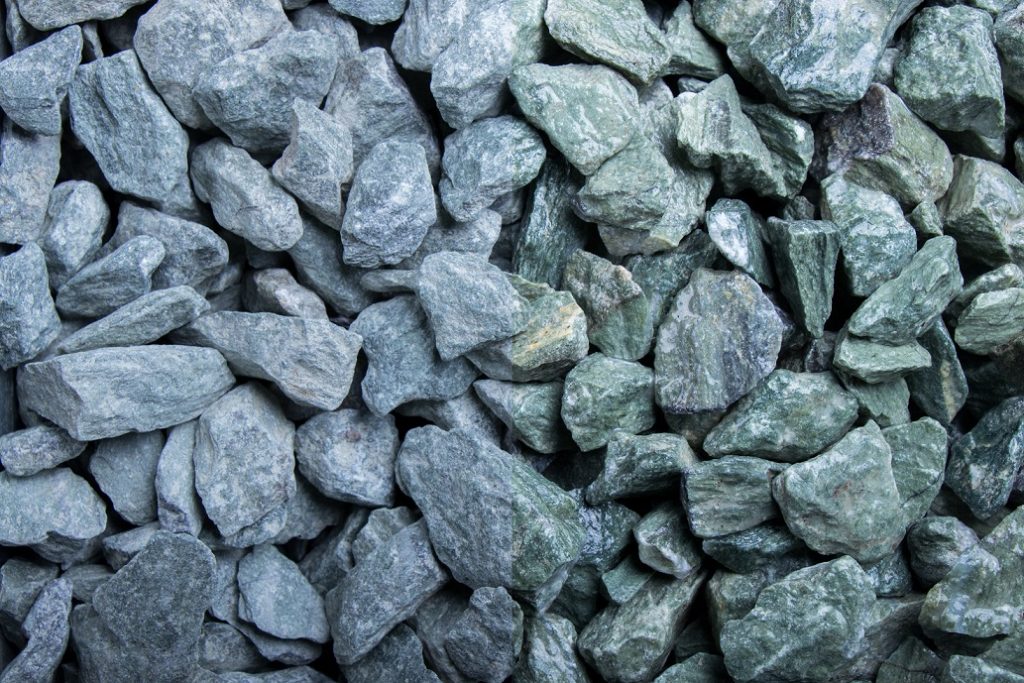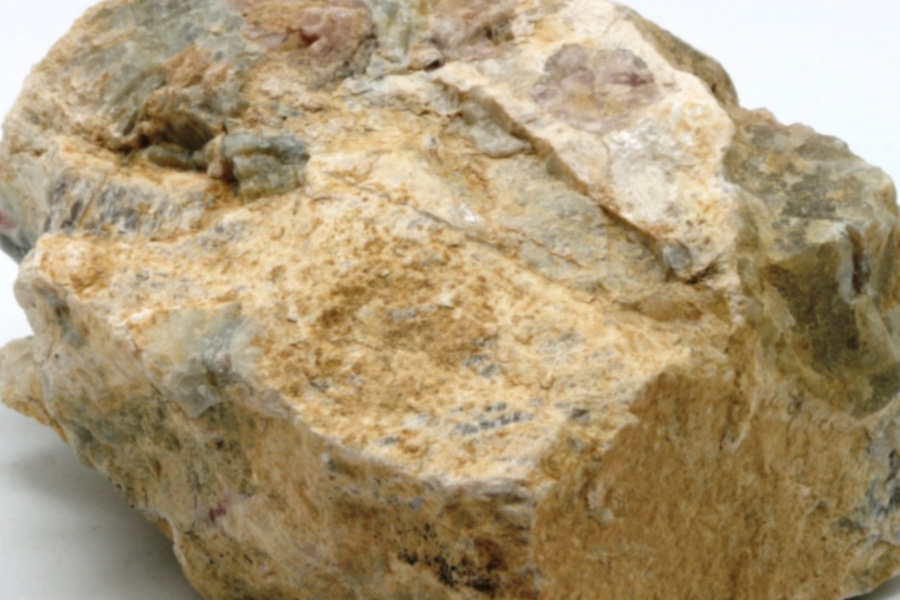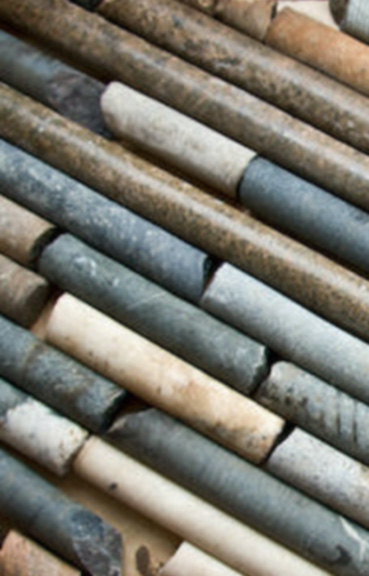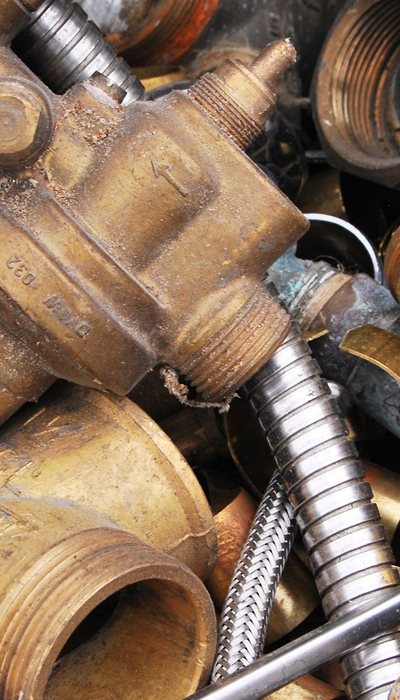Home / Applications / Textile Sorting
Recycling & Waste Sorting
Applications in the recycling industry
Returning recyclable materials from household waste, bulky waste, compostable waste, and other materials sources, to the materials cycle reduces the consumption of raw materials and protects the environment.
This requires industrial sorting of waste paper, waste glass, lightweight plastic packaging, batteries or old electrical appliances. To do so, we offer customised NIR measurement technology that also includes powerful analysis and classification software.
The following application cases show how our NIR measurement technology and the available software modules help you to detect or identify different materials in the sorting process. Is your application not included? Please contact us for a free preliminary study.
Content:
- Plastic recycling from household waste
- Recycling and sorting of electronic waste and technical plastics - WEEE
- Recycling and sorting of electronic printed circuit boards - PCBs
- PET flake recycling and sorting
- Waste paper recycling and sorting
- Process optimisation through input monitoring of waste paper
- Textile recycling
- Construction waste applications
- Identification and sorting of black plastics
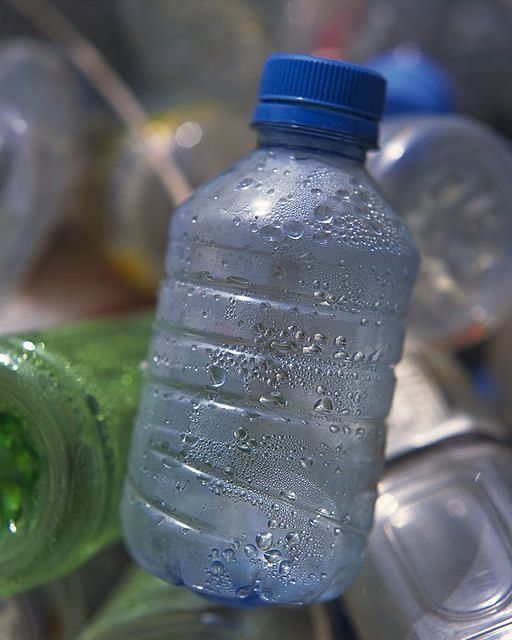
Plastic recycling from household waste
WE RECOMMEND: The NIR spectrometers KUSTA-MPL 1.9, KUSTA 1.9, and KUSTA 1.7, in combination with the idHwaste software module
In addition to our NIR spectrometers, LLA also provides you with suitable accessories and ready-to-use applications for the identification and optical sorting of household plastics.
The analytical software module idHwaste is optimally calibrated to the materials and requirements. It not only identifies all plastics from which food packaging is made but also frequently occurring technical polymers such as polyamide (PA). You choose which plastics you want to sort out.
Recycling and sorting of electronic waste and technical plastics - WEEE
WE RECOMMEND: The NIR spectrometers KUSTA-MPL 1.9, KUSTA 1.9, and KUSTA 1.7, in combination with the idEwaste software module
For determining the chemical composition of technical plastics, or waste electrical and electronic equipment (WEEE), we recommend using our NIR spectrometers in combination with LLA’s accessories and the idEwaste software module. The latter contains all technically relevant plastics and blends and is ideal for the processing of plastic fractions accumulating in electronic waste. We offer the idPCB software module specifically for sorting and recycling of electronic circuit boards.

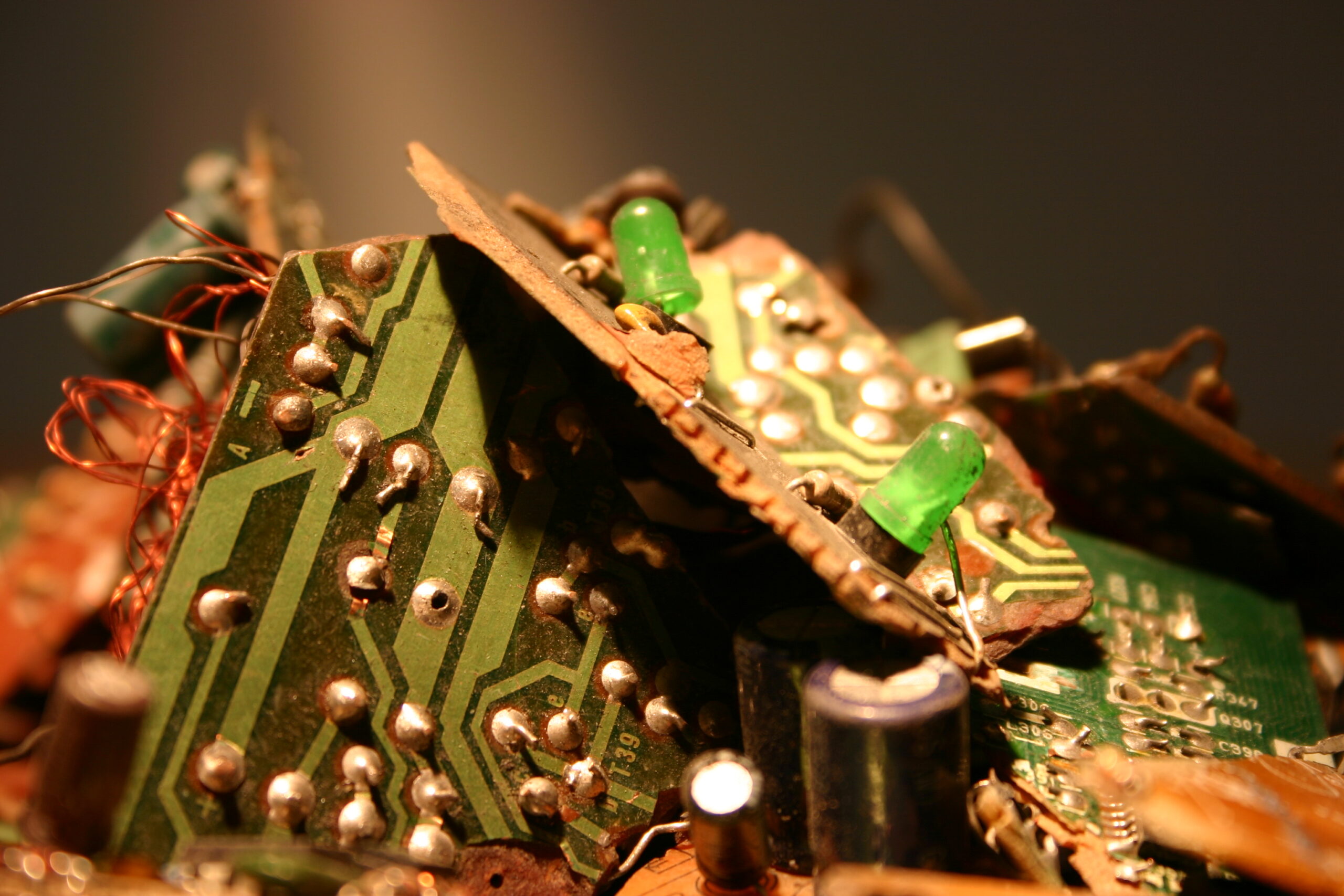
Recycling and sorting of electronic printed circuit boards - PCBs
WE RECOMMEND: The NIR spectrometer KUSTA-MPL 1.9, and NIR camera KUSTA 1.9, in combination with the idPCB software module
The idPCB analytics software module is the result of further development of idEwaste for waste electrical and electronic equipment (WEEE). Like idEwaste, the idPCB module identifies all technical plastics used in consumer or household electronics. In addition, it identifies various types of electronic printed circuit boards (PCBs), from which high-value raw materials (precious metals) can be recovered after sorting.
PET flake recycling and sorting
WE RECOMMEND: The NIR spectrometer KUSTA-MPL 1.9, and NIR camera KUSTA 1.9, in combination with the idPET software module
The idPET Flakes analytical software module is used to eliminate interfering substances in the bottle-to-bottle recycling of PET bottles. In addition to all common household plastics, it also identifies interfering substances such as PA or silicone, the latter of which is often found in the seals of the bottle caps. The software is an optimum fit for the high measuring frequencies of the KUSTA1.9MSI and identifies PVC, in particular, with the highest sensitivity. After sorting with idPET Flakes, you have a largely PVC-free recyclable material available to you.
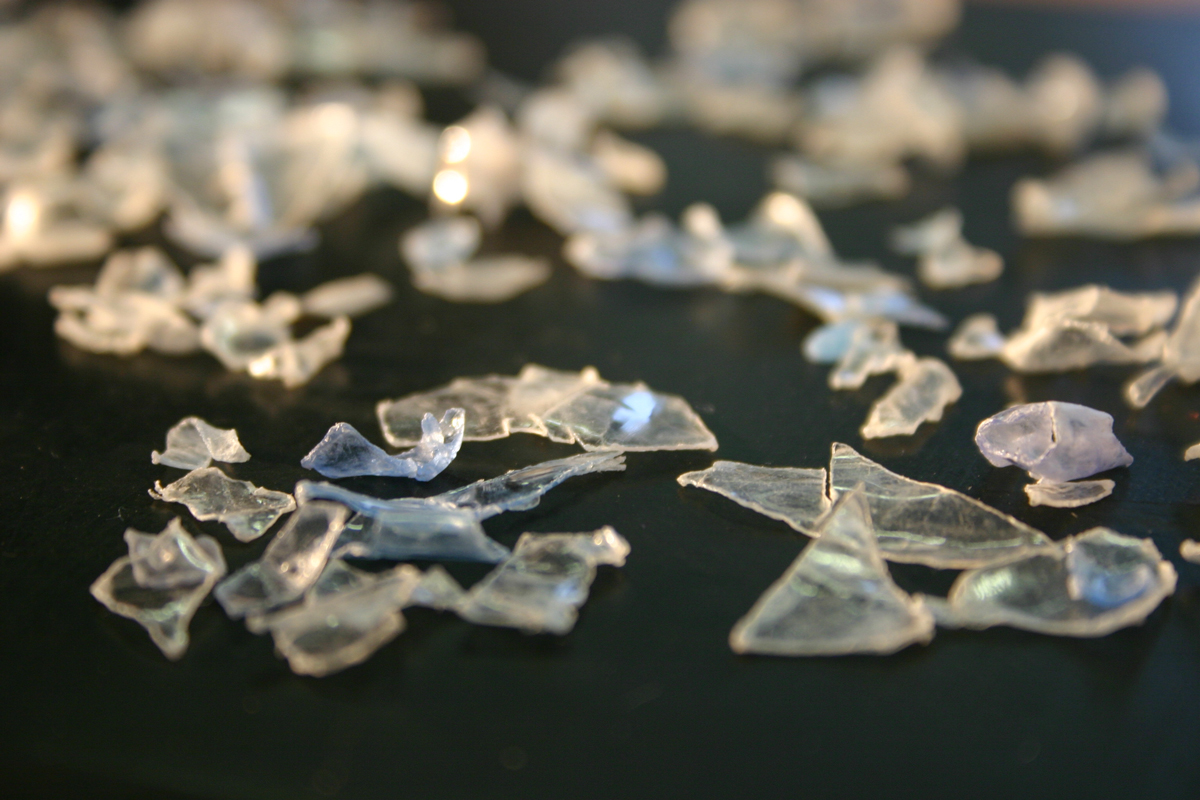

Waste paper recycling and sorting
WE RECOMMEND: The NIR camera KUSTA 1.9, in combination with the idPaper software module
Each paper grade has a characteristic NIR spectrum, which the idPaper software module assesses and classifies in accordance with the EN643 European list of waste paper grades. The module is available in two versions: Standard and High-speed.
The high spatial and temporal resolution of KUSTA 1.9 lets you apply an extensive range of object recognition algorithms, which significantly increases identification as well as discharge accuracy.
Process optimisation through input monitoring of waste paper
Essential parameters for the optimum control of the processing plant are the proportions of:
Measurement of essential parameters for optimal control of the sorting plant by precisely matching the process parameters with the composition of the input material. Essential parameters for optimum control of the processing plant are the proportions of deinking material, plastics and other impurities, cardboard and paperboard, and moisture in the input stream. With the imaging NIR hyperspectral camera KUSTA 1.9, we have developed a system that records these parameters online and in real time and makes them available to the plant control system via a network interface.


Textile recycling
WE RECOMMEND: The multiplexed NIR spectrometer KUSTA-MPL 2.2 with the idTextile software module
KUSTA-MPL 2.2 reliably detects the following materials in textile recycling:
Pure (100%): Cotton, lyocell/viscose, PA6, PA6-10, PA66, polyacrylic, polyamide, polyester (PE), silk, wool, viscose.
Blended fabrics: Cotton/elastane, cotton/PE, PE/elastane, Lyocell/viscose/elastane, wool/poly-acrylic, viscose/PE.
Limitations: It not possible to identify black fabrics with carbon black dye!
Construction waste applications
WE RECOMMEND: The NIR spectrometers KUSTA-MPL 2.2, KUSTA 1.9, and KUSTA 1.7, in combination with the idDebris and idCM software modules
To reliably identify and separate impurities like wood, paper, plastic, and gypsum from crushed construction and demolition waste, we recommend using the NIR hyperspectral cameras KUSTA 1.7 and KUSTA 1.9 in combination with the idDebris sorting software. The fibre-optic multiplexed NIR spectrometer KUSTA-MPL 2.2 with the sorting module idCM (idConstructionMaterial) is an ideal solution for the recovery of pure RC construction materials from crushed mineral construction waste.
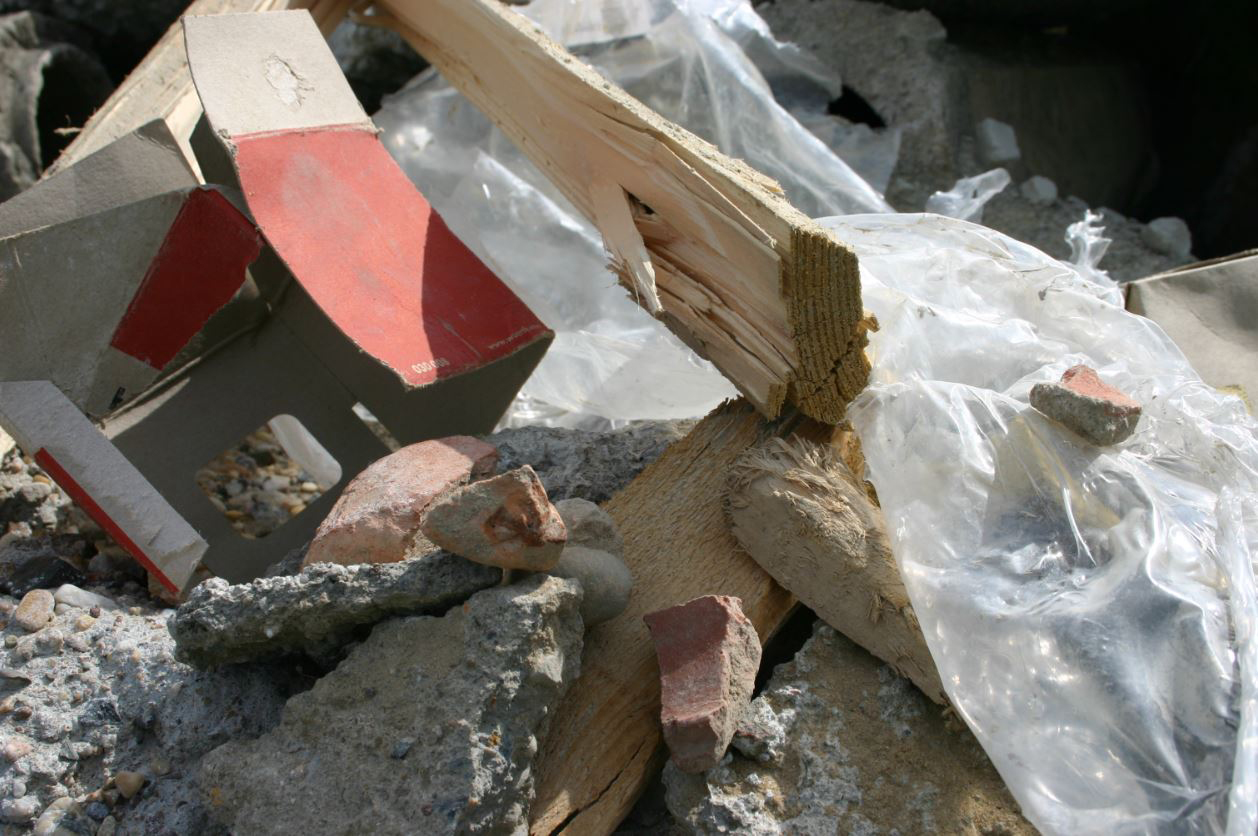
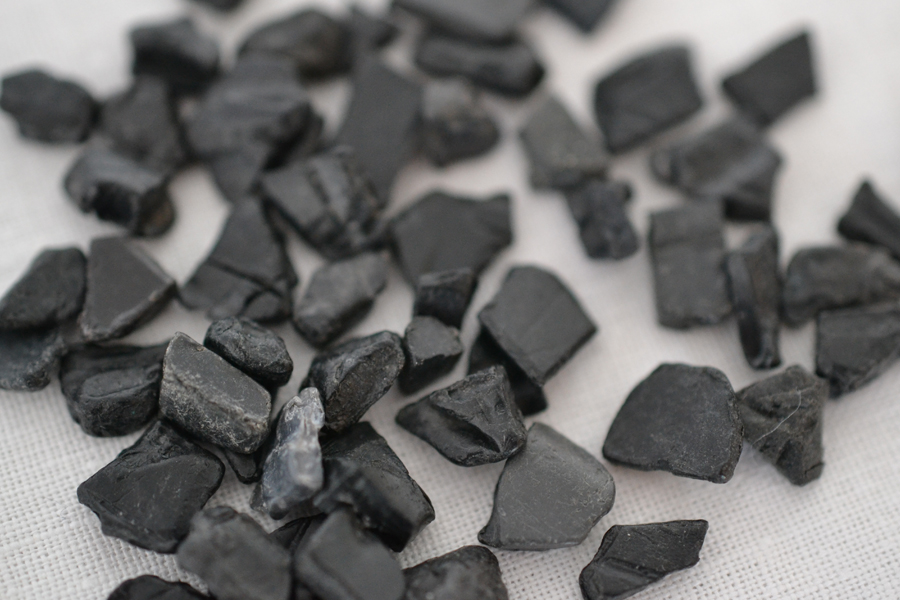
Identification and sorting of black plastics
Setup for optimising the measurement of black plastics
The identification process using the NIR hyperspectral camera KUSTA 1.9 and a special calibration bar is able to detect dark gray as well as black plastics with a maximum carbon black content of 0.25%–0.5%. However, the sorting performance will not be comparable to that on light-coloured plastics.
The differentiation between ABS, PS, and SB is not possible.



